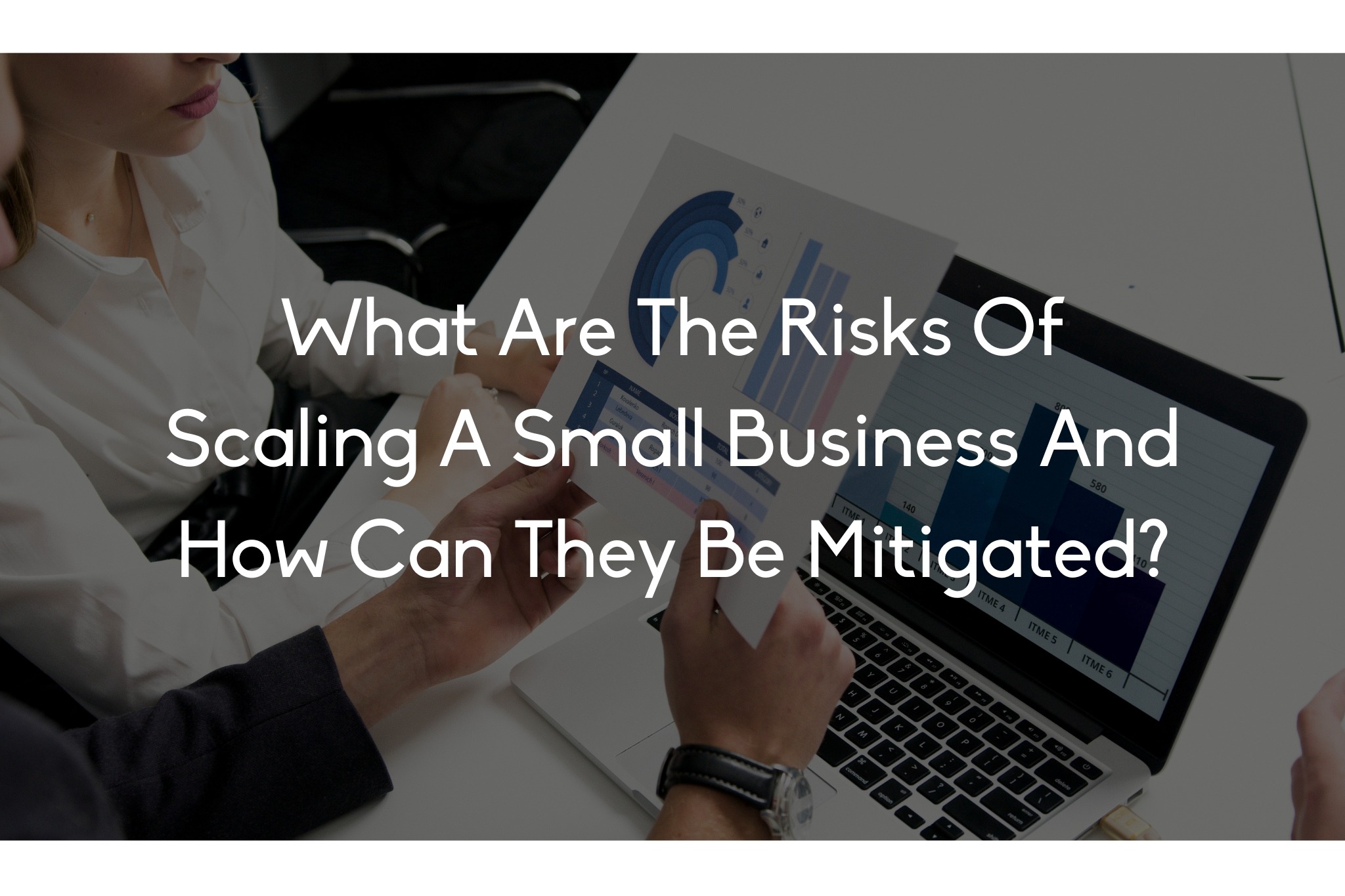
Scaling a small business is an exciting milestone, but it’s not without challenges. Growth brings opportunities to expand your reach, increase revenue, and build a lasting brand. However, scaling too quickly—or without proper planning—can lead to pitfalls that could derail your success.
What are the risks of scaling a small business, and how can you navigate them effectively?
In this article, we’ll uncover the common risks small businesses face when scaling and provide actionable strategies to mitigate them. Whether you’re expanding your team, entering new markets, or increasing production, you’ll gain insights to help you grow sustainably and confidently.
By the end of this guide, you’ll understand how to identify potential risks, plan strategically, and avoid common scaling mistakes.
Scaling often requires significant financial investment, whether it’s hiring more staff, increasing inventory, or upgrading technology. Without proper financial planning, businesses can face cash flow shortages or excessive debt.
For example, if you’re planning to open a second location, calculate upfront costs like rent, salaries, and marketing, and ensure you have a financial buffer for unexpected expenses.
Scaling too quickly can overwhelm your operations, leading to missed deadlines, poor product quality, or customer dissatisfaction.
For instance, if your e-commerce store is scaling, ensure your website can handle higher traffic volumes and your shipping partners can manage larger order quantities.
As your business grows, you’ll likely need to expand your team. However, hiring the wrong people—or not hiring enough—can hinder your growth.
For example, if you’re launching a new product, hiring experienced project managers or marketers can ensure the rollout is smooth and successful.
Rapid growth can sometimes lead businesses to lose sight of their mission, vision, or core values. This misalignment can confuse customers and employees, leading to a weakened brand identity.
For instance, if your brand is known for sustainability, ensure that your scaling efforts—like sourcing materials or expanding production—continue to reflect that commitment.
Scaling can sometimes lead to a decline in customer service quality, especially if your team struggles to keep up with demand.
For example, if you’re expanding your customer base, using a robust CRM system can help you track interactions and maintain personalized service.
Entering new markets or launching new products carries inherent risks, such as misjudging demand or facing unexpected competition.
For instance, if you’re launching a product in a new region, localizing your marketing and pricing strategies can help you connect with your audience.
As a small business owner, you may find yourself stretched thin while trying to manage growth. Leadership strain can lead to burnout and hinder decision-making.
For example, hiring an operations manager or virtual assistant can free up your time to focus on strategic decisions.
Scaling often involves navigating new regulations, contracts, or industry standards. Overlooking compliance can lead to legal issues or fines.
For instance, if you’re expanding internationally, consulting with a tax advisor can help you navigate cross-border tax obligations.
Scaling a small business is a rewarding yet challenging journey. While growth comes with risks—such as financial strain, operational overload, and customer experience challenges—these can be mitigated with strategic planning and proactive measures.
By understanding the potential pitfalls and implementing solutions like financial planning, process automation, and leadership development, you can navigate the complexities of scaling with confidence. Remember, sustainable growth isn’t about rapid expansion; it’s about building a strong foundation that supports your long-term vision.
Start small, stay focused, and grow intentionally. With the right strategies, you can scale your business successfully while maintaining the values and quality that set you apart.